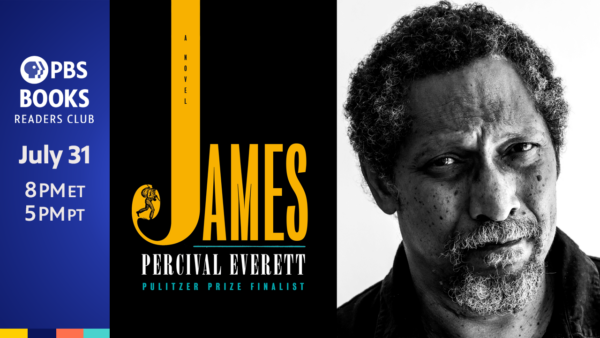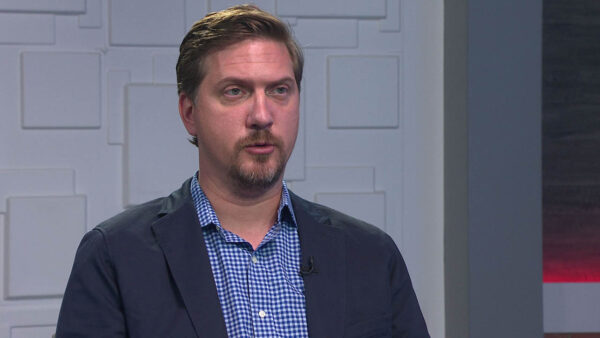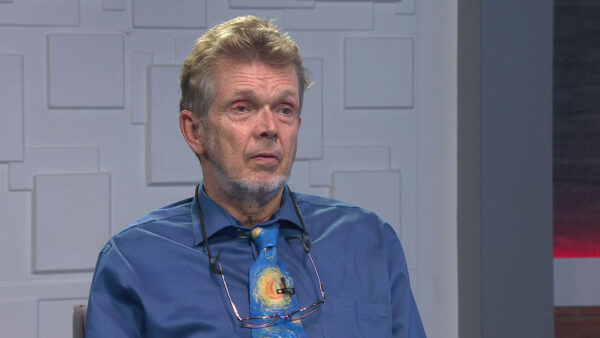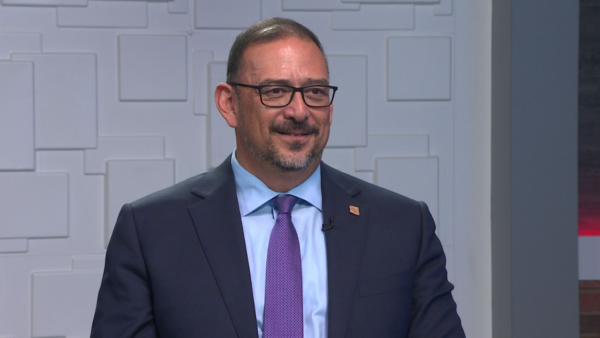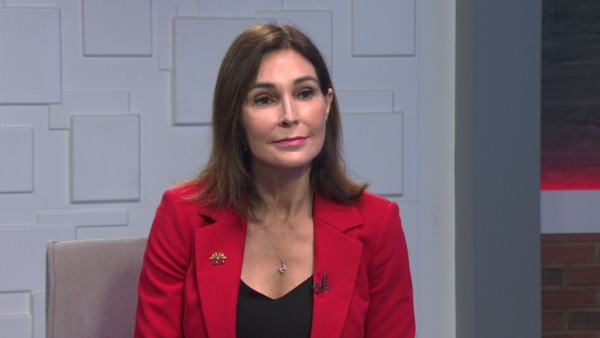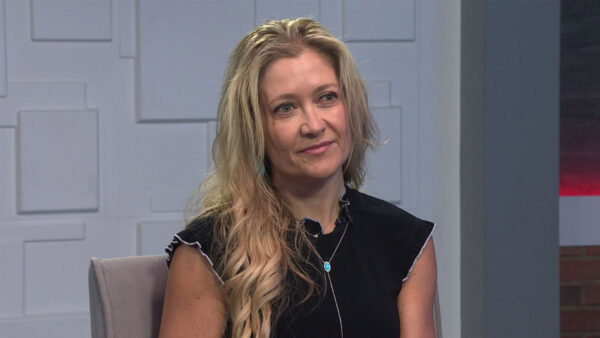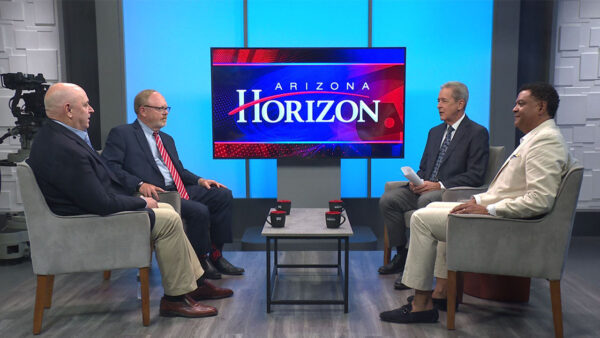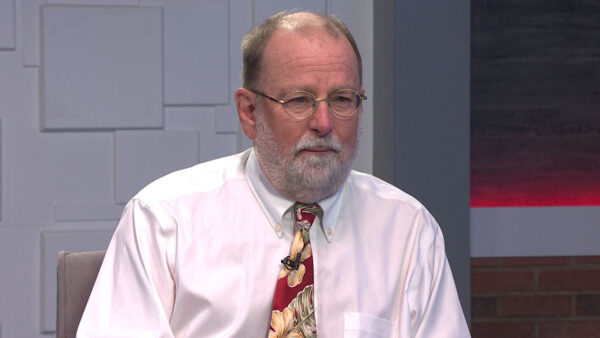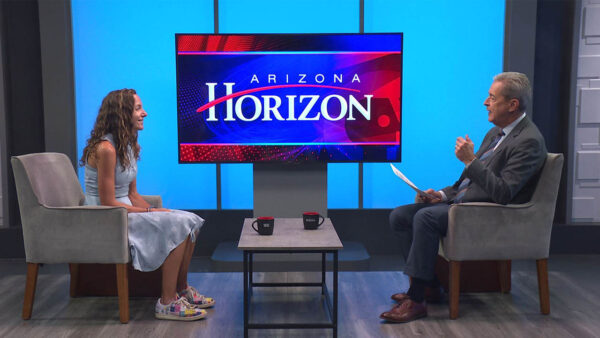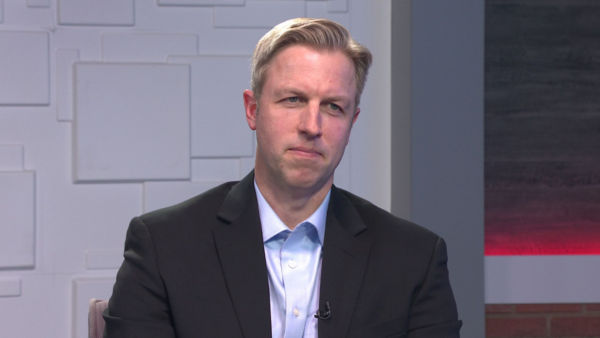Arizona faces one of the nation�s most critical shortages of registered nurses (RNs), according to an Arizona Healthcare Workforce Data Center study that ranks the need for RNs nationwide. Kathy Scott, RN, PhD, regional vice president of Clinical Services for Banner Health joins us to discuss the study, and the shortage of RNs.
Ted Simons:
Arizona faces one of the nation's most critical shortages of registered nurses, according to a study from the newly established Arizona healthcare workforce data center. The study, released by the Arizona hospital and healthcare association, does a state and county ranking of the need for R.N.s. in a moment, we will talk more about the nursing shortage and its implications in Arizona. First, here is a brief look at some of the data from the study.
Merry Lucero:
The Arizona healthcare work force center study indicates that we will need 55,000 new registered nurse by 2017. It's needed to keep up with the state's rapidly growing population and replace R.N.s retiring. The current ratio nationally is 825 to 100,000 residents in Arizona it's 681 to 100,000. 20,000 new R.N.s will be needed to fill the gap with population growth. 10,000 are required to replace retiring R.N.s with one-third of those older than 55. According to the study, the professions attrition rate is 3.5%. So 19,000 new R.N.s annually will be needed to make up for deficit.
Ted Simons:
joining us now to talk more about the study and the shortage of registered nurses is Kathy Scott who is an R.N. and also regional vice president of clinical services for banner health. Good to have you here. Thank you for joining us.
Kathy Scott:
I appreciate you asking me to be here.
Ted Simons:
You bet. How serious is this shortage?
Kathy Scott:
this is a serious shortage and i've been a nurse for many decades. And we've had shortages on and off. But this one is really significant because of the aging nursing population and pending retirements coming up here.
Ted Simons:
I think a lot of people don't consider that when you talk about an industry. Do nurses right now are nurses are they tending to be middle aged and older? What's the age factor?
Kathy Scott:
the average age of a nurse around the country is 44. One-third of the work force in Arizona is 55 or older. The average age of a nurse coming into a profession is older. We have a lot of people second careers coming in later than the traditional student.
Ted Simons:
what about attrition? Is that a problem is this.
Kathy Scott:
attrition is typical at 3.5% a year. Of course if we could get that number down, we would actually help the situation somewhat as well.
Ted Simons:
as bad as things are in the state in general, i'm assuming in rural area we're talking critical need?
Kathy Scott:
there is any area where you don 't have local universities and colleges, you can expect to have lower numbers of nurses capita and that's true in Arizona.
Ted Simons:
do the rural areas suffer from not having specialized nurses?
Kathy Scott:
they do. And we suffer from that with the rural and urban areas. I think the goal is to find the specialist and stretch them as far as we can in the variety of ways using technology that we haven't had available in the past. It is an issue in rural and urban America right now.
Ted Simons:
can you give us an example of the technology that's being used to help out?
Kathy Scott:
sure one of the newer models care delivery is EICU. Which is physician which are critical care specialists and critical care nurses in remote site using technology to monitor a number of patients in a number of hospitals across several states. You're taking that expertise and adding it to the current model to provide a newer nurse and a newer physician added support. It goes a long way for patient's safety and quality of care.
Ted Simons:
still obviously you need more bodies, you need more nurses. How is education factoring into all of this?
Kathy Scott:
education has been really working with practice setting to increase the number of enrollee's in their programs. The state is actually added additional funds over the last several years so that we can add additional faculty. We continue to have shortages. There's pay issues. Nurses are usually paid more in a hospital setting versus an academic. The average age of a faculty nurse is higher than that of a nurse in practice at the bedside.
Ted Simons:
it sounds as if Arizona is behind the curve a little bit or maybe a lot, why?
Kathy Scott:
well, actually Arizona isn't that behind. The west is behind the curve. I think part of it is the growth that we experienced here. Utah or Nevada, California, Alaska, Hawaii are all similar in a similar boat as Arizona. But even in areas that have a larger number of R.N.s per capita, I'll still hearing from my colleagues across the country that they are experiencing nursing shortages. For example here in Arizona, we have 681 R.N.s per residents 100,000 residents. In some parts of country we have 1200. In those states I'm still hearing we don't have enough nurses. It's a private care delivery model.
Ted Simons:
indeed it almost sounds as if there are some systematic problems here. How do you address that? Is it a constant game of catch up?
Kathy Scott:
it is. I think we need to think differently about how we train and educate our nurses and how we on board a larger number of new grads. More novices in the workplace. We need more technology to assist us and expanding the role of the expert in keeping the nurses in the work force longer. Using simulation in training versus being at bedside. It is multi-facetted and people are coming together to address this in the a multitude of ways.
Ted Simons:
what would you like it see from lawmakers, from hospitals, what would you like to see as far as helping with this problem?
Kathy Scott:
well, I think the governor has asked the state to be put together a plan to address the healthcare work force shortage. That's a great step in the right direction. I think it will take everyone coming together to look at it from their perspective to put a concerted plan. We'll need fund to go implement that plan.
Ted Simons:
last question here, when we talk about education and we talk about teachers, I here this more and more how the profession of teaching isn't as valid in society as it should be. Do nurses get the respect do you think that they should?
Kathy Scott:
I think there's been a growing respect for nurses as there is more aging population, more chronic disease and more science to learn and more technology. There is a respect for nurses that is pretty universal.
Ted Simons:
and growing you think?
Kathy Scott:
And growing.
Ted Simons:
good luck with this. Thank you for joining us on Horizon.
Kathy Scott:
thank you for having me.
Kathy Scott:Regional Vice President of Clinical Services, Banner Health;



